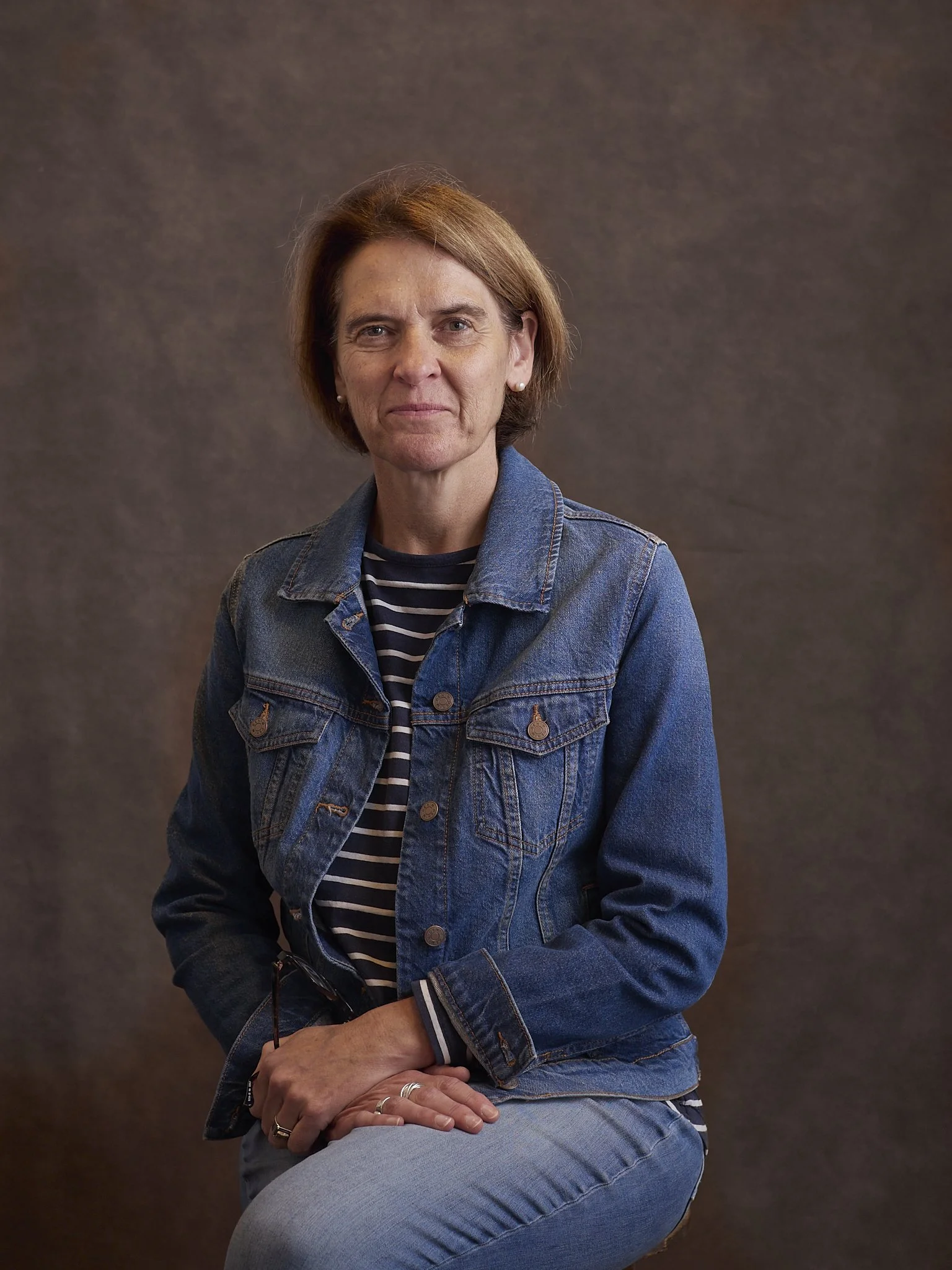Digital noise is a limitation we, as photographers, have been fighting in one form or another for a very longtime.
There is no doubt that noise and film grain before it, can cripple an image, or at the very least force you into a look that may be at odds with your vision.
Excessive noise is probably the first thing that comes to mind for M43 shooters or at least those looking in from the outside. I must admit, I have never really been overly sensitive to it coming from 1980’2 to newer film, early digital, then mid to later full frame, Fuji APS-C, then finally into M43, all with Adobe Lightroom (except film). Noise was for much of the time, pretty much fully in line with my expectations. Nothing to worry about up to ISO 800-1600, take care up to 3200, use 6400 when a little desperate and ignore anything beyond as basically “unhelpful”.
M43 does have some advantages over larger formats, providing faster and longer lenses in smaller and cheaper packages (sometimes even providing lenses simply unavailable to FF shooters), as any lens is effectively double the actual focal length but still acts like it’s true focal length, improving the performance of applied stabilisers.
What happens though when a higher ISO is the only way to get the job done?
The three files above and the one below and their close-ups were taken with a M43 camera at ISO 12,800, processed first in Capture 1, then popped across to ON1 for a clean-up. Interestingly, one of the files needed very little work, one was a bit better and one cleaned up more noticeably, but was still useable.
My main concern is not visible noise, but other quality stealing factors like washed out colour and mushy detail. Even Bokeh is effected by noise. At first some more noise smooths Bokeh and noise reduction even helps, then it steals away the sharpness, which tends to blur Bokeh….if that’s a thing.
C1 seems to keep the colour strong, ON1 holds sharpness while removing noise to acceptable levels. I have used ON1 with Lightroom, but the M43 file that goes across is less clean, so the resulting file, although it looks very close at first, is the result of more aggressive processing.
Colour is a little cool and flat, but that is the horrible day here and I was not keen to mess with my samples too much.
The fact is, and I know this from real world use, this much noise disappears in many scenarios and is acceptable in most others. Printing in particular tends to even things out, as does small screen viewing (see the images above).
I also know that for real world use, an f1.8 to 2.8 lens and a decent shutter speed is achievable in most lighting conditions, which is where the M43 advantage kicks in.
The very rare times 12,800 is actually needed, it is not horrific by any means. I may even go higher.



































































































